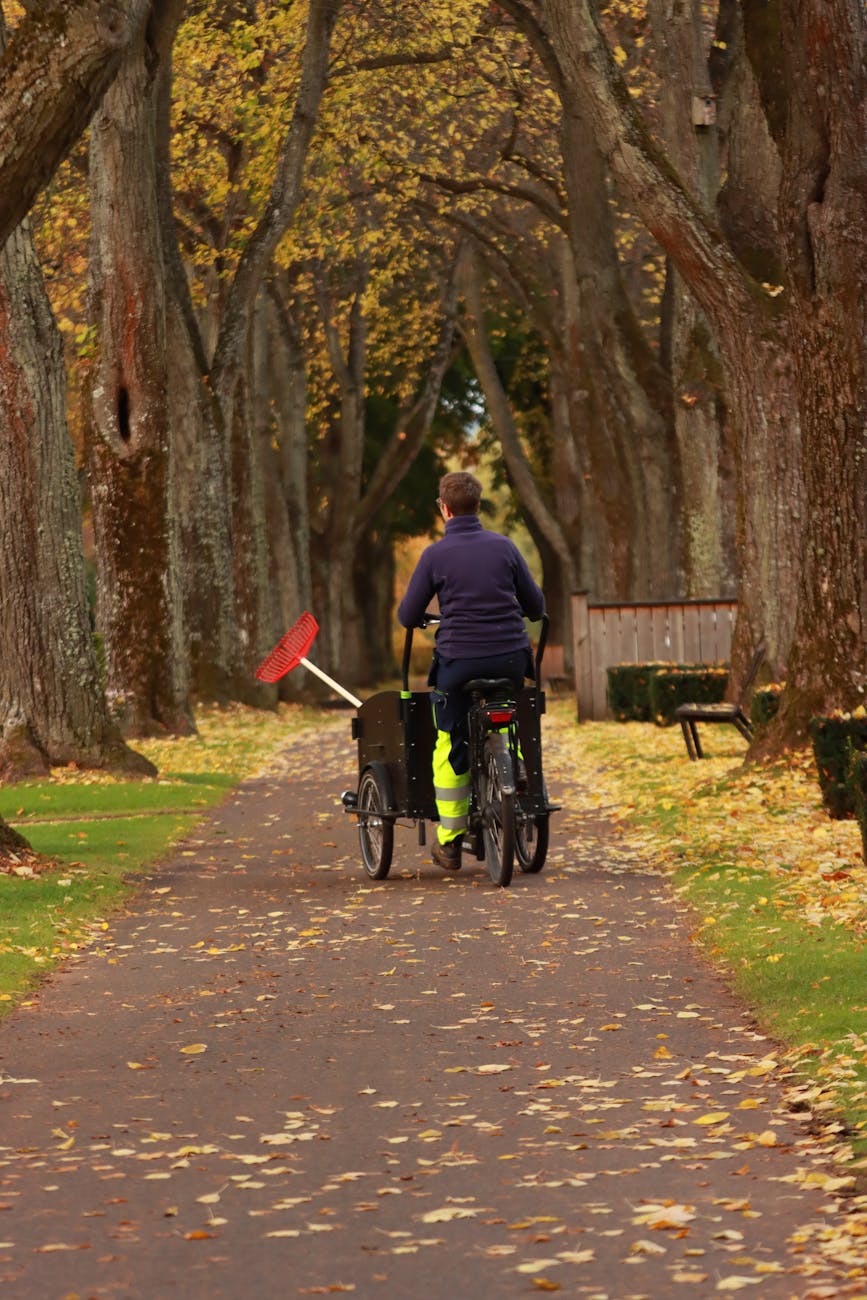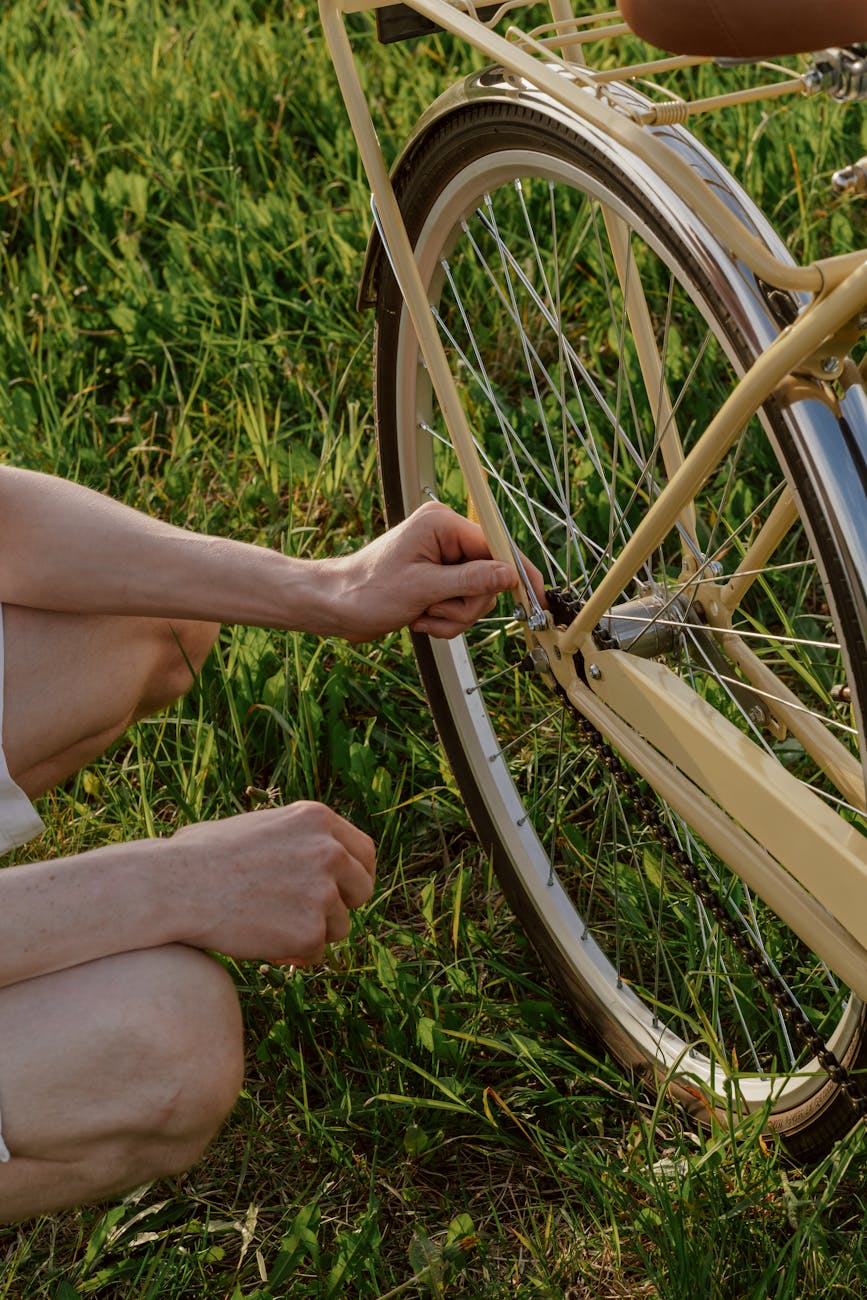Cycling is a fantastic way for children to stay active, explore their surroundings, and develop valuable motor skills. However, ensuring the safety of young riders is paramount. One crucial aspect of bike safety is ensuring that kids’ bikes are well-maintained. By following a few essential tips and regular maintenance routines, parents can help their children enjoy a safe and smooth riding experience. In this article, we will cover some key tips for maintaining kids’ bikes to keep them in optimal condition and help prevent accidents.
Importance of Bike Maintenance for Young Riders
Proper maintenance of children’s bikes is crucial for their safety and overall biking experience. Kids’ bikes that are well-maintained not only perform better but also reduce the risk of accidents due to mechanical failures. Regular maintenance can also prolong the lifespan of the bike, saving parents money on costly repairs or replacements in the long run.
Inspect the Bike Regularly
One of the first steps in maintaining a child’s bike is performing regular inspections. Parents should check the tires, brakes, chain, gears, and overall frame condition. Ensure that the tires are properly inflated and look for any signs of wear or damage. Checking the brakes to ensure they are functioning correctly is essential for safe riding. The chain should be well-lubricated and free of rust, and gears should shift smoothly without issues.
Cleaning and Lubrication
Regular cleaning and lubrication are essential to keep kids’ bikes in good working condition. Dirt and grime can build up on the chain, cassette, and derailleurs, leading to poor performance and wear. Using a mild soap and water, clean the bike thoroughly and remember to dry it completely to prevent rust. After cleaning, apply a suitable bike lubricant to the chain and other moving parts to ensure smooth operation.
Adjusting Bike Components
As children grow and gain experience in cycling, their biking needs may change. It’s essential to adjust the bike components such as the saddle height, handlebar position, and brake lever reach to accommodate their changing requirements. Ensuring that the bike fits the child properly not only enhances comfort but also improves control and maneuverability, leading to a safer riding experience.
Check the Safety Accessories
In addition to maintaining the bike itself, it’s crucial to regularly inspect and replace safety accessories such as helmets, lights, reflectors, and bells. Helmets should be worn at all times while riding, and they need to fit properly to provide adequate protection in case of a fall. Lights and reflectors aid visibility, especially during low-light conditions, while a bell can be a useful tool to alert others of the child’s presence on the road.
Professional Bike Servicing
For more extensive maintenance tasks or if you’re unsure about how to properly service your child’s bike, consider taking it to a professional bike shop for servicing. Bike mechanics can perform a comprehensive check-up, identify any underlying issues, and make necessary repairs to ensure the bike is in top condition.
Conclusion
Maintaining kids’ bikes is a vital aspect of ensuring their safety and enjoyment while riding. By following these essential tips for bike maintenance, parents can help keep their children’s bikes in optimal condition, reducing the risk of accidents and ensuring a smooth riding experience. Regular inspections, cleaning, lubrication, and adjustment of bike components are key to keeping kids’ bikes in top shape. Remember, a well-maintained bike not only performs better but also promotes safety and enhances the overall biking experience for young riders.








